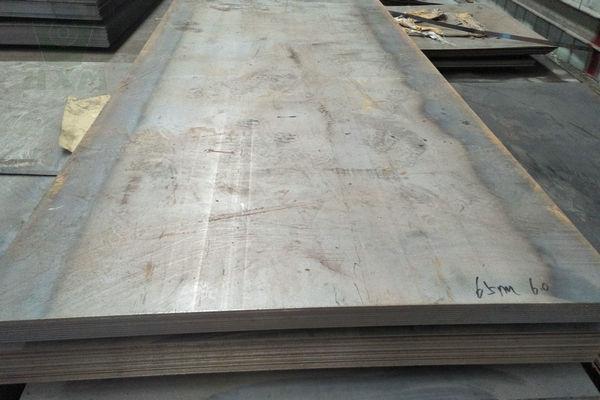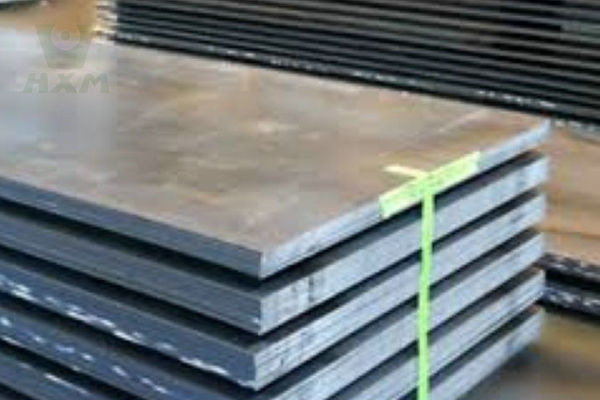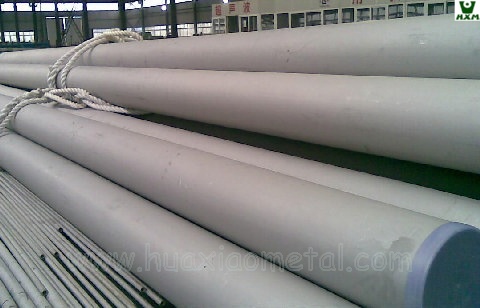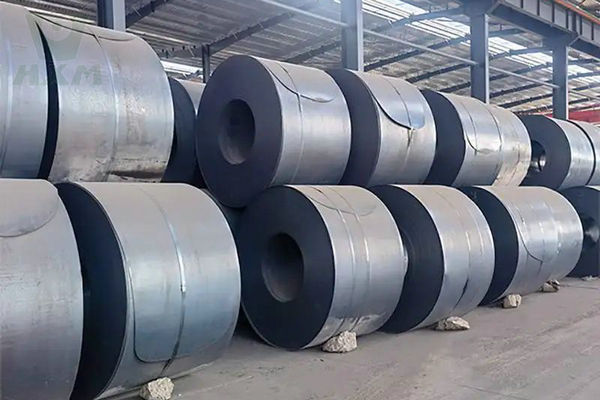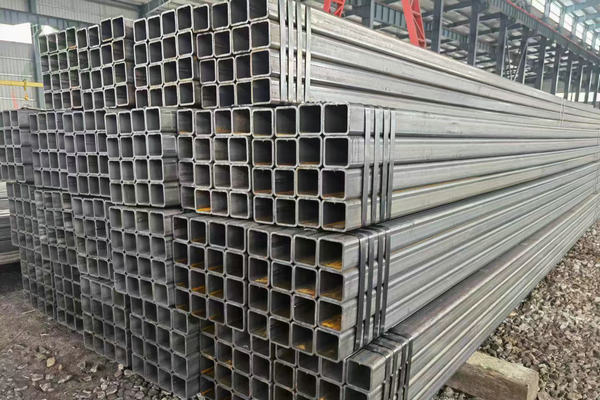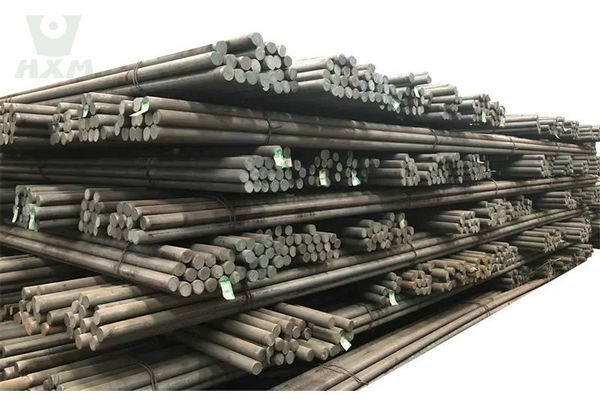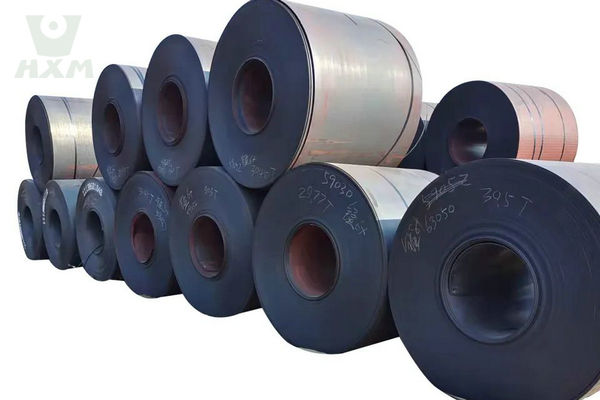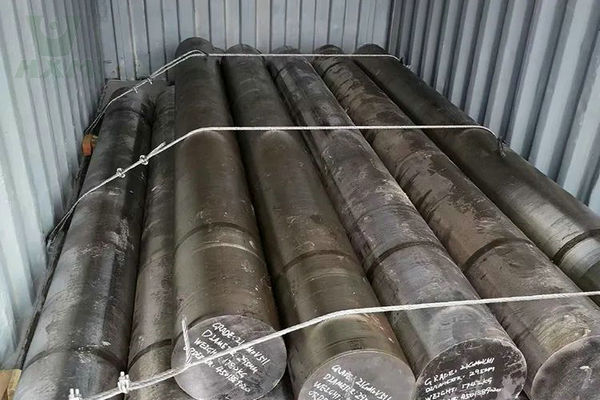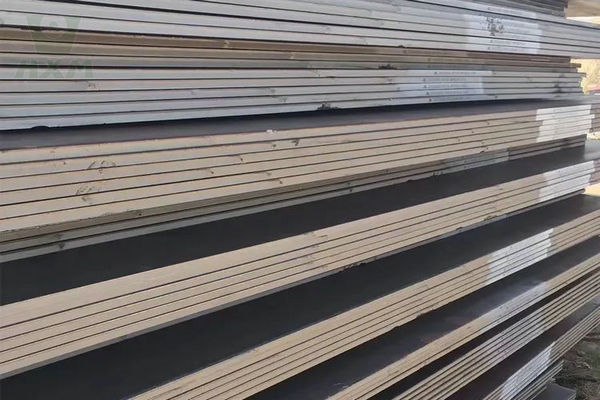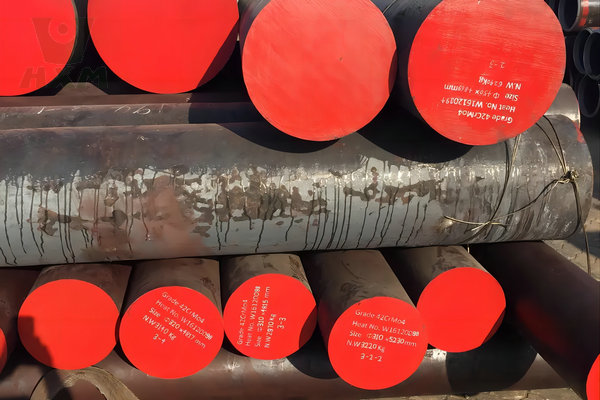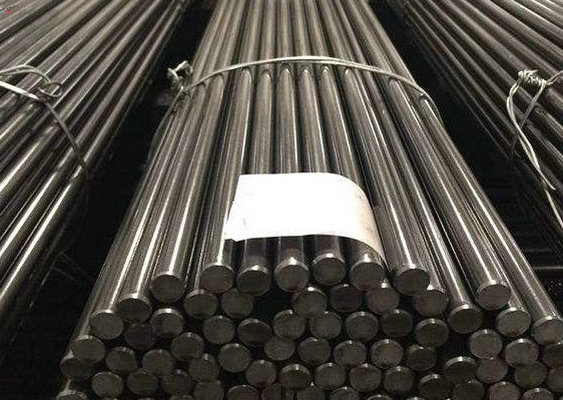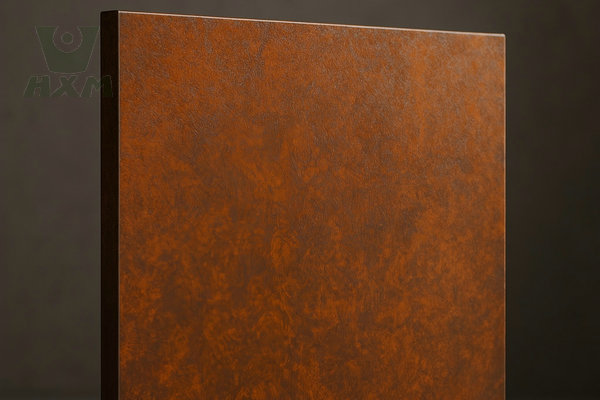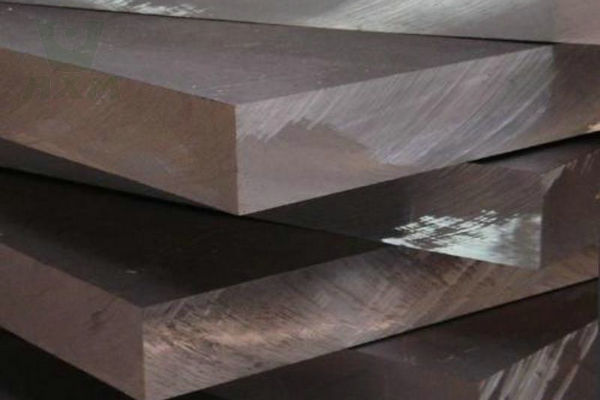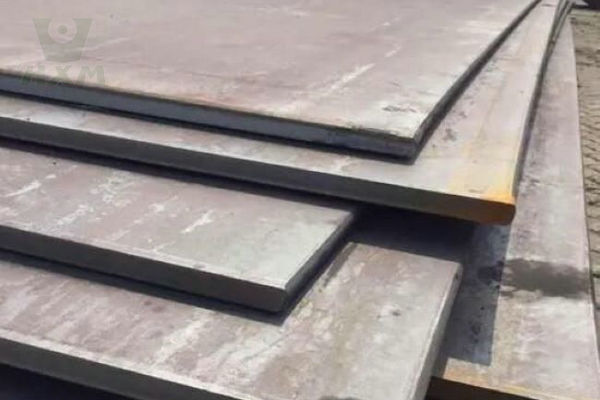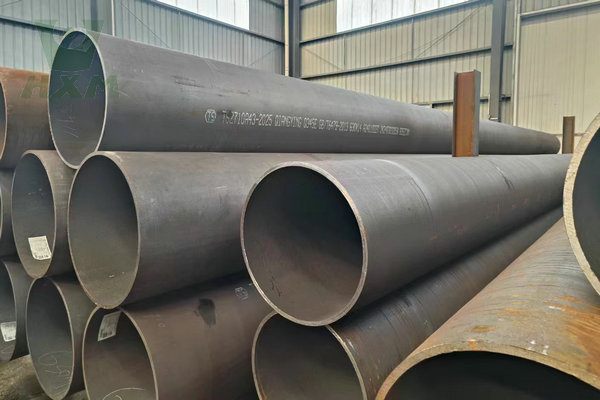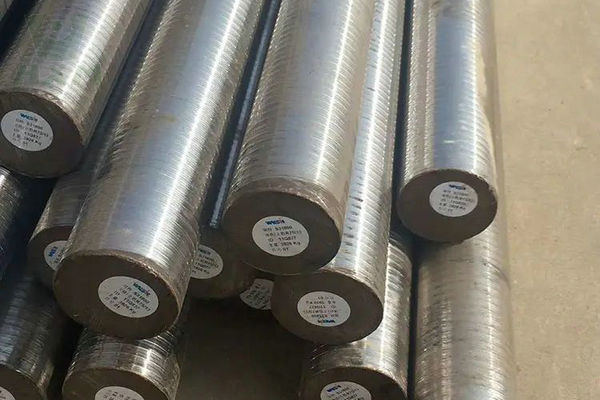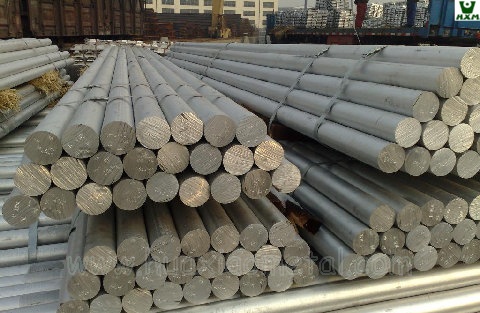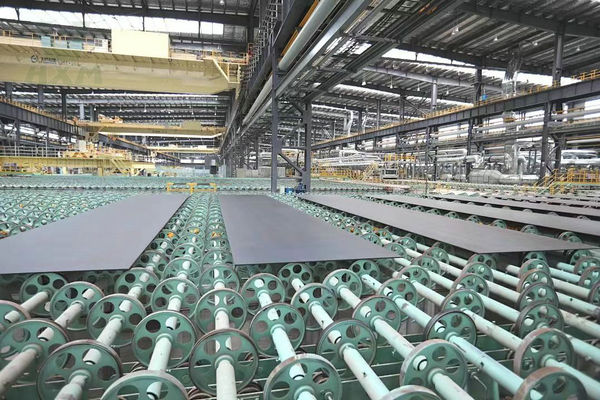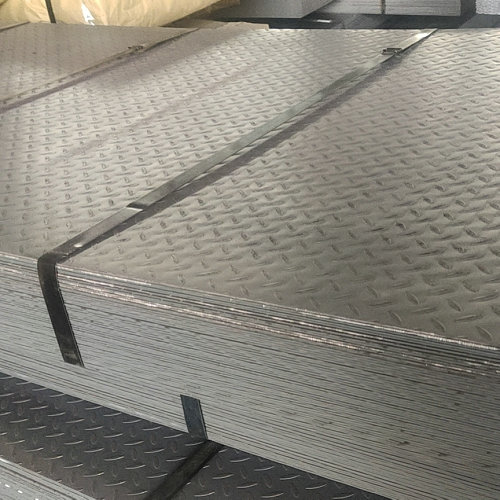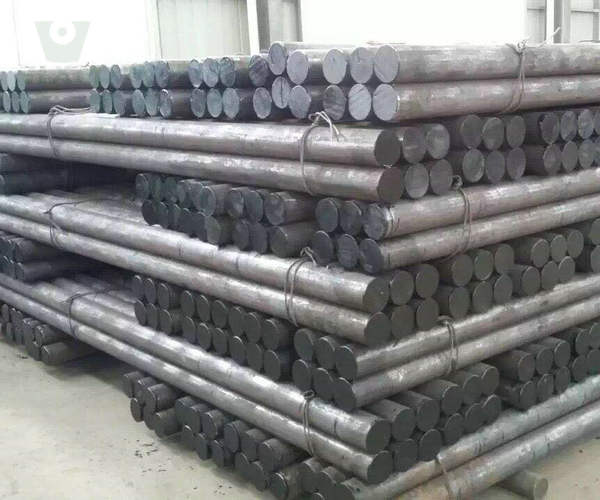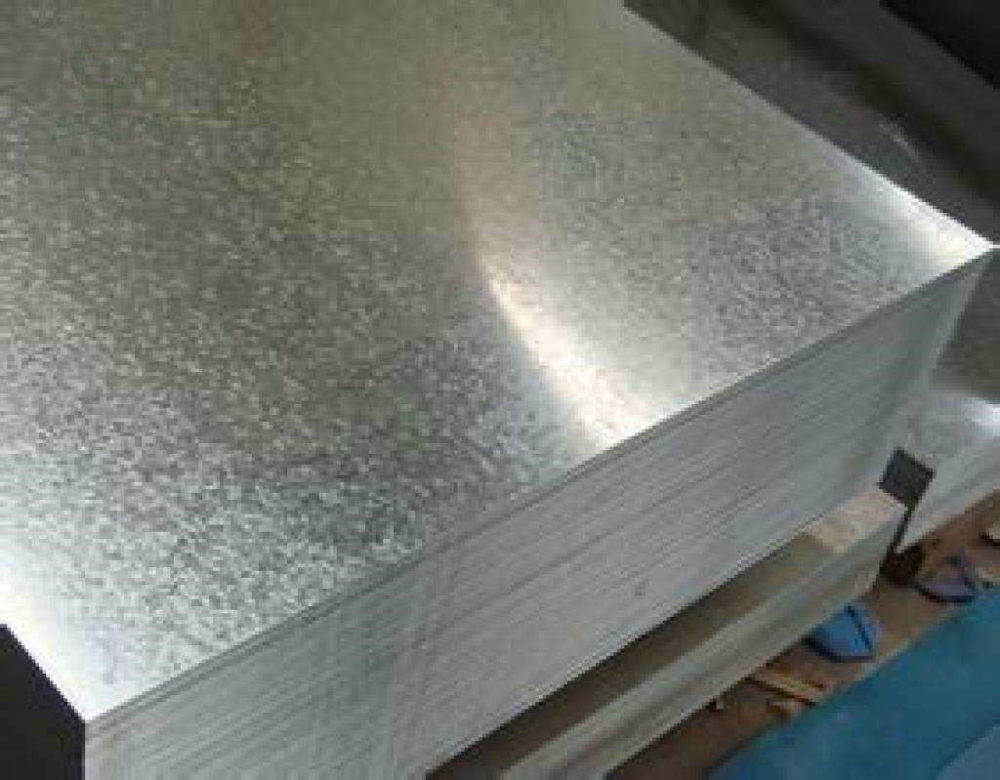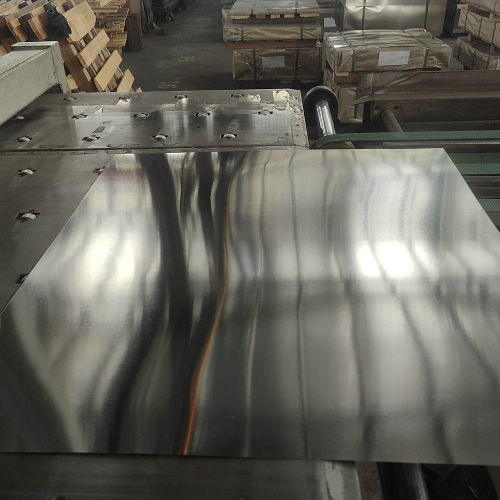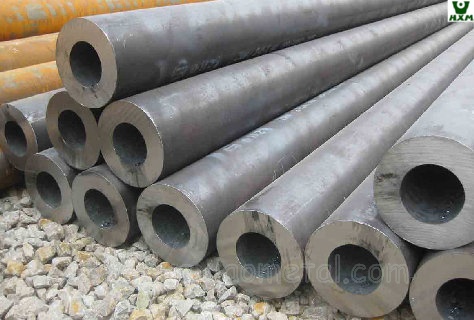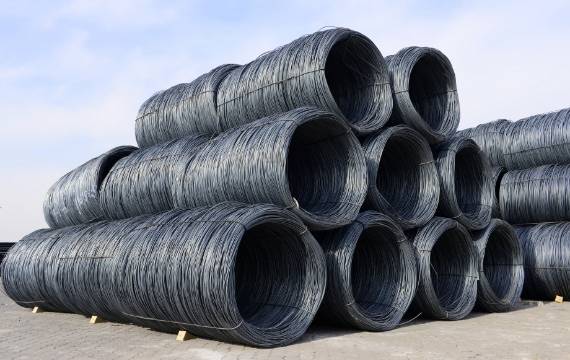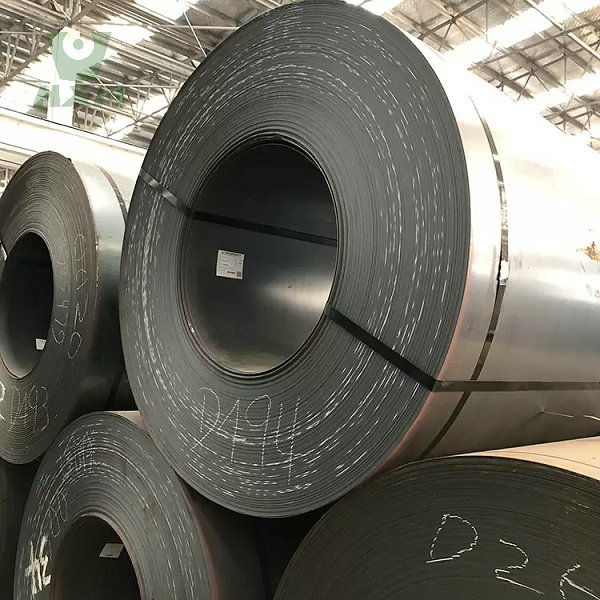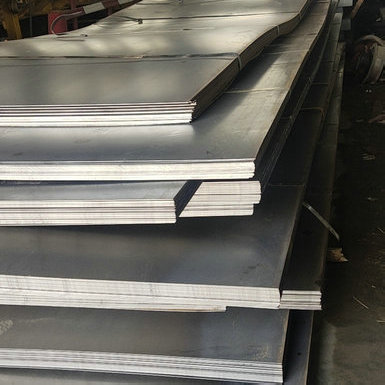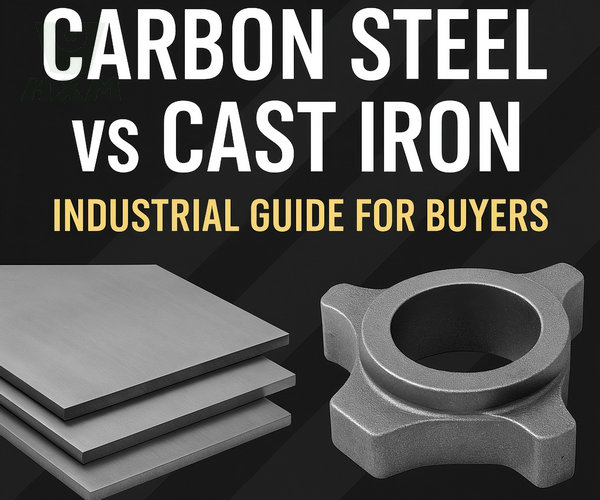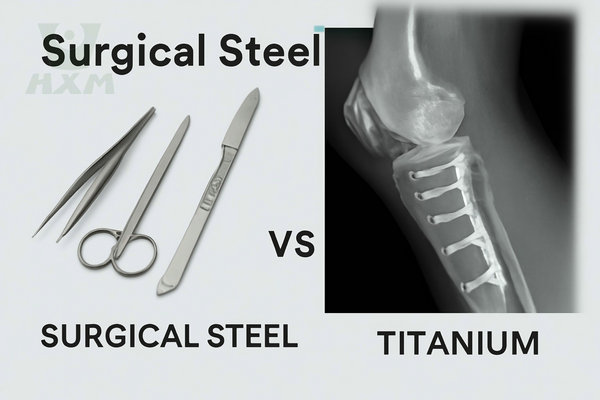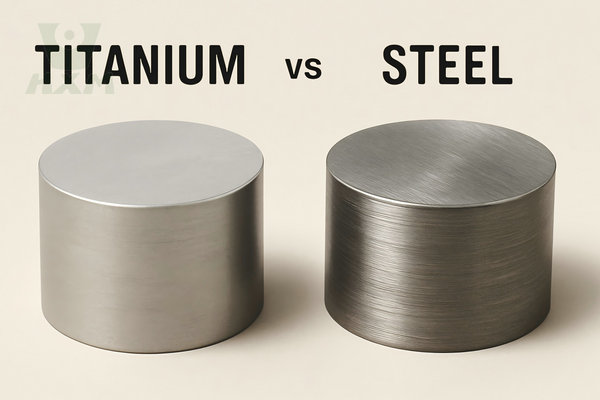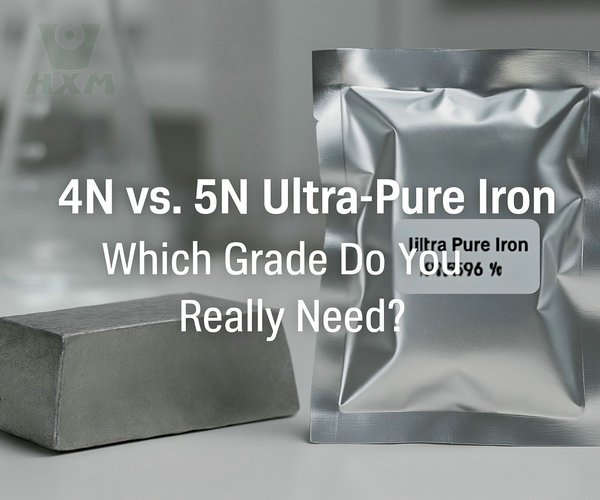Carbon steel is undoubtedly an important topic when we talk about metal materials. Carbon steel refers to steels containing different carbon contents with excellent strength, hardness, weldability, and corrosion resistance. Because of its wide range of uses and applications, understanding the types and properties of carbon steel is of vital importance to engineers, architects, scientists, and technicians.
This article will introduce the 4 types of carbon steel: low-carbon steel, medium-carbon steel, high-carbon steel, and ultra-high-carbon steel.
The four main types of carbon steel, their properties, and their applications, will help you make an informed decision for your next project.
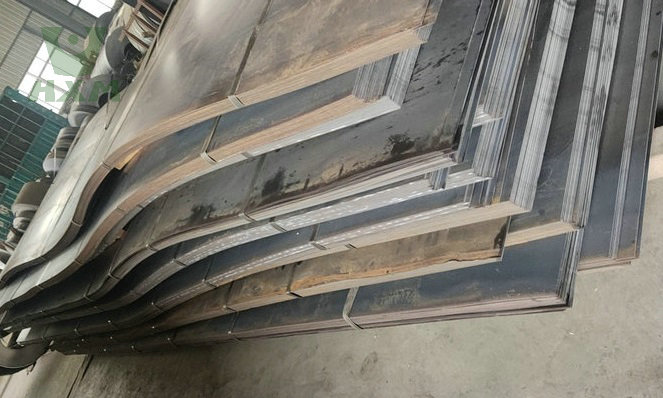
4 Types of Carbon Steel Quick Comparison
| Steel Type | Carbon Content | Properties | Common Applications |
| Low-Carbon Steel | < 0.25% | Highly ductile, weldable, machinable | Sheets, Coils, Pipes, Construction |
| Medium-Carbon Steel | 0.25% – 0.60% | Good balance of strength & ductility | Gears, Axles, Shafts, Bars |
| High-Carbon Steel | 0.60% – 1.5% | Very hard, strong, less ductile | Springs, Cutting tools, High-strength wire |
| Ultra-High-Carbon | 1.5% – 2.0% | Extremely hard, brittle | Knives, Specialized tools |
Low-Carbon Steel
Low carbon steel is the most common type of carbon steel, often referred to as “mild steel” or “common steel”, and has a carbon content between 0.05-0.30%. Low carbon steel has excellent plasticity and weldability, is accessible to process and form, and can increase its strength and hardness through processing and heat treatment. The following is a detailed discussion of mild steel:
Physical Properties Mild steels are generally highly ductile and malleable because of their low carbon content, which makes the material soft and easy to form. When under stress, the grain structure of low-carbon steel is less deformed, and the material has high toughness and is not easy to break.
Chemical Properties Mild steel has a low carbon content that does not affect its chemical properties. It usually contains a small number of elements such as manganese and silicon to improve its workability and strength.
Processing and heat treatment Low carbon steel is suitable for various processing methods, such as welding, riveting, stamping, deep drawing, die casting, and forging. In addition, low-carbon steel can also change its mechanical properties and structure through heat treatment methods such as heating and cooling, such as annealing, normalizing, quenching, tempering, and other treatment methods.
In conclusion, mild steel is an excellent general-purpose steel with properties suitable for various applications. Although its strength and hardness are relatively low, its good plasticity, weldability, and processability make it ideal for various construction and manufacturing fields.
Medium-Carbon Steel
Medium carbon steel is a type of carbon steel with a carbon content between 0.3% and 0.6%. Medium carbon steel has higher strength and hardness than low carbon steel, but lower plasticity and weldability. The following is a detailed discussion of medium carbon steel:
Physical Properties Medium carbon steels have higher strength and hardness than low carbon steels but are relatively soft compared to high carbon steels. Medium carbon steel requires certain pressure and temperature during forming and processing, so preheating and post-heat treatment are usually required to reduce residual stress.
Chemical properties Medium carbon steel has a higher carbon content, so it is easier to be quenched than low carbon steel, but it is also easier to form a ferrite (Ferrite) and cementite (Carbide) interphase structure. In addition, medium carbon steel usually contains other alloying elements, such as manganese, chromium, nickel, molybdenum, etc., to improve its strength, hardness, and wear resistance.
Machining and heat treatment Medium carbon steel is relatively difficult to process and usually requires preheating and post-heat treatment before machining to reduce stress and improve the machinability of the material. Medium carbon steel can be annealed, normalized, quenched, and tempered to change its mechanical properties and structure.
In short, medium carbon steel is a kind of steel with moderate strength and hardness, which has a wide range of applications, but it needs to pay attention to the corresponding technical points in processing and heat treatment. Although medium carbon steel is more difficult to machine than low carbon steel, its higher strength and hardness make it one of the essential materials in the fields of machinery, automobiles, and motorcycles.
High Carbon Steel
High carbon steel is a steel with a carbon content above 0.6%, which has excellent hardness and wear resistance, but relatively poor toughness and plasticity. The following is a detailed discussion of high-carbon steel:
Physical Properties High carbon steel has very high hardness and strength but is relatively brittle. Due to the very high carbon content in high carbon steel, it has good wear resistance and is suitable for making parts that require high hardness such as knives, cutting tools, springs, and bearings.
Chemical Properties High carbon steels are very high in carbon and often contain other alloying elements such as chromium, cobalt, molybdenum, etc. The addition of these elements can improve the hardness, strength, toughness, and corrosion resistance of high-carbon steel.
Machining and heat treatment High carbon steel is relatively difficult to machine due to its very high hardness. Before processing, preheating is required to reduce stress and improve processing performance. In terms of heat treatment, high-carbon steel usually adopts quenching and tempering methods to improve the mechanical properties and structure of the material.
In conclusion, high-carbon steel is a very important engineering material with excellent hardness and wear resistance. Although high-carbon steel is more difficult to machine than medium-carbon and low-carbon steels, its wide range of applications and special material properties make it the material of choice for manufacturing high-precision tools and parts.
Ultra-High Carbon Steel
Ultra-high carbon steel is a high carbon steel containing more than 0.8% carbon and usually contains other alloying elements to improve its hardness, strength, and wear resistance. The following is a detailed discussion of ultra-high carbon steel:
Physical Properties Due to the very high carbon content in ultra-high carbon steel, it has very high hardness and wear resistance. At the same time, due to its very high carbon content, which makes it brittle, proper heat treatment processes are required to improve its toughness and plasticity.
Chemical properties Ultra-high carbon steel usually contains other alloying elements, such as chromium, molybdenum, cobalt, etc., to improve its mechanical properties and corrosion resistance. In addition, ultra-high carbon steel is often added with other elements, such as silicon, manganese, etc., to improve its weldability and mechanical properties.
Application fields and examples Because of its extremely high hardness and wear resistance, ultra-high carbon steel is widely used in the manufacture of various tools and parts, such as hammerheads, knives, cutting edges, files, drill bits, screws, etc. An example of ultra-high carbon steel is W1 steel, which is commonly used to make planers, cutting blades, and condensers. Another example is T10 steel, which is commonly used to make knives and cutting tools.
Machining and Heat Treatment Ultra-high carbon steels require great care in both machining and heat treatment due to their very high hardness and brittleness. During machining, proper tools and cutting parameters need to be used to reduce cutting pressure and tool wear. In terms of heat treatment, ultra-high carbon steel usually adopts quenching and tempering methods to improve its microstructure and mechanical properties.
In short, ultra-high carbon steel is a very important engineering material with extremely high hardness and wear resistance. Although its processing and heat treatment are relatively difficult, it is still one of the preferred materials for many manufacturers due to its special material properties and wide application fields.
Carbon Steel Grades
Beyond the four main types, carbon steel is further classified into specific grades according to standards like ASTM, AISI, and SAE. These grades define the precise chemical composition and mechanical properties, ensuring the material performs consistently for a specific application.
For buyers and engineers, specifying the grade is a critical step. Here are some of the most common grades you will encounter:
| Grade Designation | Steel Type | Key Characteristics & Common Uses | Common Forms We Supply |
| ASTM A36 | Low-Carbon | The most common grade for structural applications. Excellent for welding and machining. Used in buildings, bridges, and general fabrication. | Sheet/Plate, Coil, Strip, Bar/Rod, Tube/Pipe, Wire |
| AISI 1018 | Low-Carbon | A versatile steel with a good balance of toughness, strength, and ductility. Ideal for parts that require machining, like shafts and pins. | Sheet/Plate, Coil, Strip, Bar/Rod, Tube/Pipe, Wire |
| ASTM A516-70 | Low-Carbon | The primary grade for plates used in pressure vessels, boilers, and tanks, offering excellent notch toughness. | Sheet/Plate, Coil, Strip, Bar/Rod, Tube/Pipe, Wire |
| AISI 1045 | Medium-Carbon | A popular, all-purpose steel. It has higher strength than mild steel and is often heat-treated. Used for gears, axles, and shafts. | Sheet/Plate, Coil, Strip, Bar/Rod, Tube/Pipe, Wire |
| AISI 1095 | High-Carbon | Very high carbon content. When heat-treated, it becomes very hard and holds a sharp edge. Used for springs, cutting tools, and knives. | Sheet/Plate, Coil, Strip, Bar/Rod, Tube/Pipe, Wire |
Note: This is just a sample of common grades. The ideal grade for your project depends on specific requirements for strength, weldability, and wear resistance.
Our technical team can help you select the perfect carbon steel grade for your needs.
Characteristics and Applicability of Carbon Steel
Carbon steel is a steel alloy that contains varying amounts of carbon, usually consisting of low-carbon, medium-carbon, high-carbon, and ultra-high-carbon steels. The following is a detailed discussion of the characteristics and applicability of carbon steels:
Features
Good plasticity and toughness: Carbon steel has high plasticity and toughness, and can be processed into parts and components of different shapes and sizes by cold and hot processing.
High strength and hardness: High-carbon steel and ultra-high carbon steel contain high carbon content, so they have high strength and hardness and are especially suitable for making high-strength parts such as knives, cutting edges, and springs.
Good processability: Carbon steel can be processed in various ways, such as sheet metal forming, cold heading, turning, milling, drilling, etc., to meet different application requirements.
Relatively low price: Compared with other alloy steels, the price of carbon steel is relatively low, so it is widely used in industrial and civil fields.
Applicability
Manufacture of mechanical components: Carbon steel can be used to manufacture various mechanical components, such as bearings, gears, pins, couplings, etc. Its high strength and toughness characteristics enable it to withstand high pressure and impact loads during mechanical work.
Manufacture of auto parts: Carbon steel is widely used in the automotive industry, such as in manufacturing frames, doors, chassis, and other parts. Its excellent plasticity and toughness can ensure the safety and performance stability of the car.
Manufacture of building components: Carbon steel is also widely used in the construction industry, such as manufacturing steel structures, steel beams, steel columns, etc. It’s high strength and plasticity can ensure the stability and safety of buildings.
Manufacturing knives and cutting tools: High-carbon steel and ultra-high-carbon steel are often used to manufacture tools such as knives, cutting edges, files, etc. Their high hardness and wear resistance can ensure the service life and efficiency of tools.
In short, carbon steel has the characteristics of good plasticity and toughness, high strength and hardness, good processability, and relatively low price, so it is widely used in industries such as machinery, automobiles, and construction.
Choosing the Right Carbon Steel Supplier
Understanding the types of carbon steel is the first step. The next is finding a reliable supplier who can consistently provide high-quality materials. At Huaxiao Metal, we are committed to being that partner for you.
We offer a comprehensive range of carbon steel products, including:
Carbon Steel Sheets and Plates
Carbon Steel Coils and Strips
Carbon Steel Bars and Rods
Carbon Steel Pipes and Tubes
Ready to start your project? Contact our expert team today for a personalized consultation and a competitive quote!
In Conclusion
Generally speaking, carbon steel is a very common steel alloy. Because of its high strength, good plasticity and toughness, good processability, and relatively low price, it has a wide range of applications in both industrial and civil fields. application. According to its different carbon content, carbon steel can be divided into four types: low-carbon steel, medium-carbon steel, high-carbon steel, and ultra-high-carbon steel.
Low carbon steel is suitable for the manufacture of thin plates and thin-walled components, medium carbon steel is suitable for the manufacture of mechanical parts and springs, and high carbon steel and ultra-high carbon steel are suitable for the manufacture of high-strength tools such as knives and cutting tools. In the future, with the continuous development of science and technology, carbon steel may be replaced by more new materials, but its importance in modern industry and daily life cannot be ignored.

